At 42, Jamie Sewell is one of the youngest of the 85 commercially licensed scallop divers left in Maine. Supposedly there’s another guy who is 41, but Sewell doesn’t know him. All he knows is, he counts for young in a dwindling if not dying business.
These are tough guys (and at this point, no women hold commercial licenses to scallop dive). There are a lot of ways one could explain that: the plunge into wintry waters of, say, 37 degrees, the even colder temperatures on deck, the solitary nature of this form of fishing. But Sewell? If ever there were a way to take the measure of a man’s toughness, it would be Sewell. He was in a snowmobile accident in 2009, and it cost him dearly.
“When I lost my arm, (diving) was one of the easier things to pick back up,” Sewell said. He’s been right-handed all his life, but under the water, where he is weightless and made graceful by the pressure of the sea, he always found it easier to hold his mesh collection bag in his right hand and pick up the scallops with his left. Now, without his right arm, he still does that, anchoring the bag on his prosthetic. “It came back more natural than a lot of things.”
Just three decades ago, hundreds of people regularly plunged into frigid Maine waters to make a living in the hunt for scallops. An exact number is hard to come by, but Trisha Cheney of the Department of Marine Resources estimated that during the heyday of the scallop fishery, which peaked in 1981 with a 3.8 million-pound catch, most of the state’s 1,200 urchin divers also harvested scallops and more divers were harvesting scallops alone.
In 2013, 85 people held commercial scallop diving licenses. Only about 33 people are thought to be actively using them. The decline reflects a loss of a Maine way of life. It also has implications for a troubled but rebounding scallop fishery.
Of all the ways one can harvest from the ocean, marine resource experts and wholesalers say that diving is the closest thing to a zero-impact fishery. The vast majority of scallop fishing in Maine is done in inland waters by boats that drag the ocean floor with weighted nets. Of the 548 commercial draggers licensed in 2013, about 400 of them were active, according to Cheney. Divers who don dry suits and carry tanks of air on their back, bring in less than 10 percent of the state’s harvest by handpicking scallops off the ocean bottom or plucking them out of the water at depths that range from about 50 to 100 feet.
Scallop diving, said Nick Branchina, director of marketing for Browne Trading Co. in Portland, is “the epitome of the absolute best practice,” in terms of impact on the marine resource and quality of the product. That’s not to say that day boat scallops, as the product from dragging in Maine is called, aren’t a very fine product as well, he said, diplomatically.
Diver scallops are cleaner, since no mud is stirred up in the process, and they command a premium. It’s not unheard of for a New York restaurant to pay $35 to $50 per pound for them, he said. Browne Trading packages diver scallops in tins that bear the name of the individual who caught them, a tribute to the effort that went into the harvest.
“It’s almost an art form,” Branchina said.
In 2005, the scallop fishery bottomed out, with only 33,000 pounds landed. Three years later, the Legislature voted to put the brakes on new permits. Hundreds of people rushed to get a license before the cut-off took effect, Cheney said. Since then, the number of active divers has dropped steadily, as license holders die or give up their licenses, many prompted by wear on the body or dangers of the job.
“Only the best of the best are left,” said Marcus Jones, a scallop diver from Steuben who is on the state Scallop Advisory Council. “We’re all die hards. I just turned 50 last weekend. Age is weeding us out. I am hoping this is my last year.”
HIGHS OF LOW DIVING
Donnie Freeman of Phippsburg called to answer a reporter’s question from the back of a boat near Cheabeauge. His suit was leaking. “About half wet,” he stood next to the heater as he talked.
There is nothing like the proximity to nature that divers like Freeman experience.
“I love seeing different things on the bottom,” Freeman said. “I come across old bottles and stuff people haven’t seen for 100 years.” There was that time he found an anchor, 8 feet across near Boothbay. Then, there is the taste of a prey that still quivers.
“I don’t even bring a lunch,” Freeman said. “I just eat a scallop right out of the shell.”
But the list of pitfalls could scare off Hercules.
“I’ve been caught in currents and dragged,” said Brian Preney, 55, a diver out of Boothbay who is a member of the Urchin Advisory Council and has been fishing with scuba gear since 1980. He learned how to dive at Colby College, in the pool, and married into a family of fishermen. Fishing for urchins, which generally don’t take a diver below 30 feet, is like “picking cotton” in comparison to the more exciting pursuit of scallops, which have the power to dart away, fast. “I liken scalloping more to hunting.”
With a forest far more treacherous to find one’s way out of. “I ran out of air at 90 feet once,” or started to, Preney remembered. The visibility was bad at that depth. Preney dropped his bag of scallops, lost air entirely at 30 feet and counted himself lucky to reach the surface, where his boat – small and entirely open to the elements – was waiting. “If you don’t panic, you’re going to make it,” he said. Did he go back for the bag? “Definitely.”
Under the regulations that began to be put in place after the scallop fishery crashed, both draggers and divers are limited to the same catch every day: 15 gallons. Divers say it is rare that they take that much. Preney’s bonanza day was about 14 gallons or 120 pounds. Eight gallons is generally a good day.
Virtually every fishery in Maine, outside of lobsters, is under pressure. The shrimp season has been canceled for two seasons. This only intensifies the need to make money elsewhere.
With all this pressure comes “one of the biggest elephants in the room that I have had to manage,” Cheney said, alluding to the dispute between draggers and divers about what is fair and who is responsible for depleted scallops. It comes down to a basic argument: Draggers blame divers for removing seed, or immature, scallops and brood stock, those ripe for reproduction; divers blame draggers for damaging the bottom, leaving dead scallops and lobsters in their wake, and tearing up the kelp. “I would never even set foot on a dragger,” Freeman said. “After I see what they do to the bottom, I don’t have much respect for what they do.”
‘IT’S BRUTAL’
Dragging is the traditional form of harvesting scallops in Maine. In January 1929, the New York Times reported on “the interesting fishery” that had 35 boats dragging in Penobscot Bay. Diving for scallops didn’t come along until the 1970s, when the invention of dry suits made it possible. Bob Steneck of the UMaine School of the Marine Sciences and the Darling Marine Center was there at the beginning. After research dives, he’d fill a mesh bag with scallops, a treat to follow a day under water. There were scallops everywhere then, within an arm’s reach. “Back then I was not alone in thinking this resource seemed almost unlimited and as far as the eye could see,” Steneck said. “Obviously I was dead wrong about that.”
Steneck sees both sides of the argument. Scallops live primarily in a sedimentary bottom, where the breakdown of crustaceans and other deposits create a mat of sorts, and that’s valuable because it gives the sea floor more coherence.
“That gets violated when it gets dragged,” Steneck said. “That’s not great for the scallops.”
On the other hand, Steneck theorized that divers might threaten the biodiversity of an area, plucking all the scallops that are particular to the Sheepscot River or Muscongus Bay. Or, if they didn’t care about the resource, by simply taking everything they see in an area. A dragger, he points out, can’t get everything; a net doesn’t have a set of eyes on it. Divers laugh at this notion. They would never imperil the resource or be able to in the time their air supply or the conditions allot, they say.
“I don’t see a perfect way of going forward,” Steneck said. But, he added, “by and large, I like the approach that (the Department of Marine Resources) has been taking.”
To the outnumbered divers, it seems unfair that the state holds them to the same standards as the more efficient draggers. Regardless of what gear they use, both groups are limited to scalloping over 70 days, spread out over four months, and 15 gallons of scallops a day.
Brian Preney talks about diving while a dragger worked 200 yards away, across an area “twice the size of a Shaw’s supermarket.”
“Just the repetitive beating he was giving that bottom… It’s what they do,” he said. “It’s brutal.”
Cheney finds this debate unconstructive, one that has existed since the beginning of scallop diving in Maine. She said she recently picked up a 1980 copy of National Fisherman and found a dragger-versus-diver story in it. “It’s been the narrative for 35 years,” she said.
Yet, the fishery is rebounding. She expects a catch of a half-million pounds this year. And the conservation efforts of draggers, including switching to less closely knit nets that allow smaller scallops to slip through and mature, have helped. “The fishery has been rebuilt on the back of draggers,” she said.
Cheney hopes the Department of Marine Resources one day will be able to re-open the licensing program. “We do have to come up with some type of re-entry plan for people,” she said. “We have a whole generation that has missed access to the fishery.”
A new plan wouldn’t necessarily favor divers, however. The divers’ work is important and low-impact, Cheney said. “But to expect the whole coastline to be harvested by divers is just not a reality.”
Diving for scallops is a slower, harder way of doing things. If it has less impact on the ocean floor, some say, that should count for something. “What I’m doing is better,” Sewell said. “So why aren’t they treating me better? I just wish they’d be more lenient with us. … It’s hard enough as it is.”
Send questions/comments to the editors.


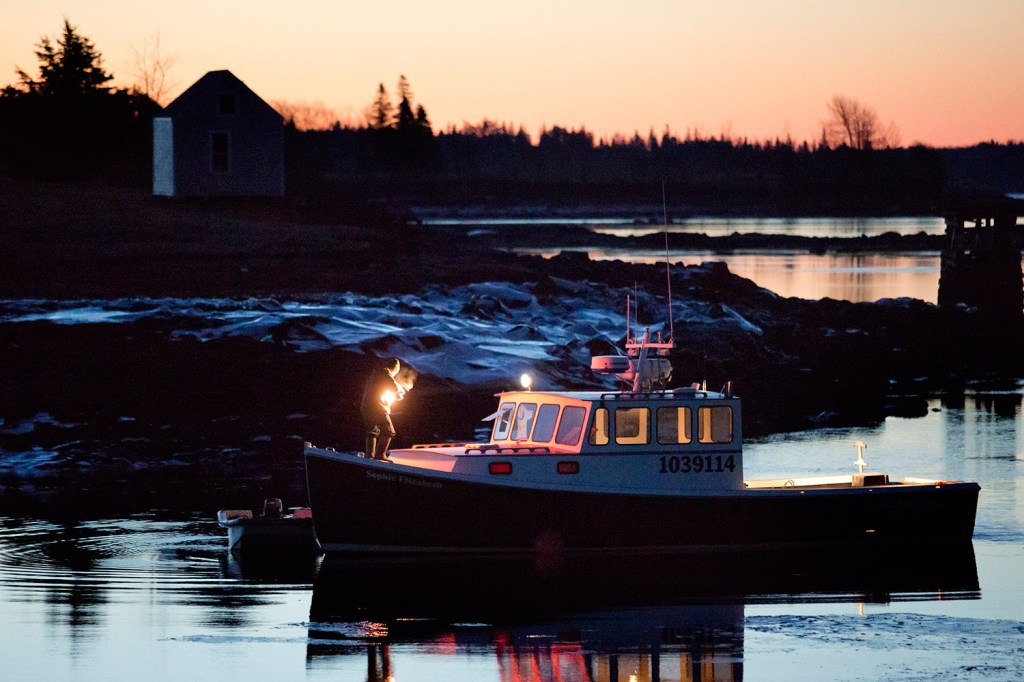
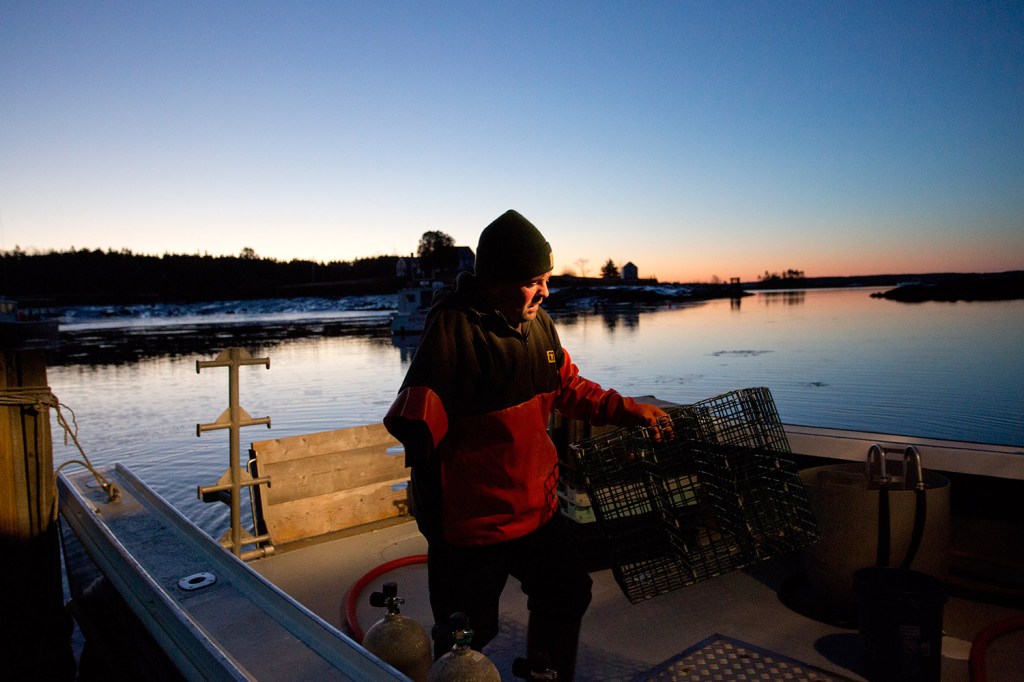
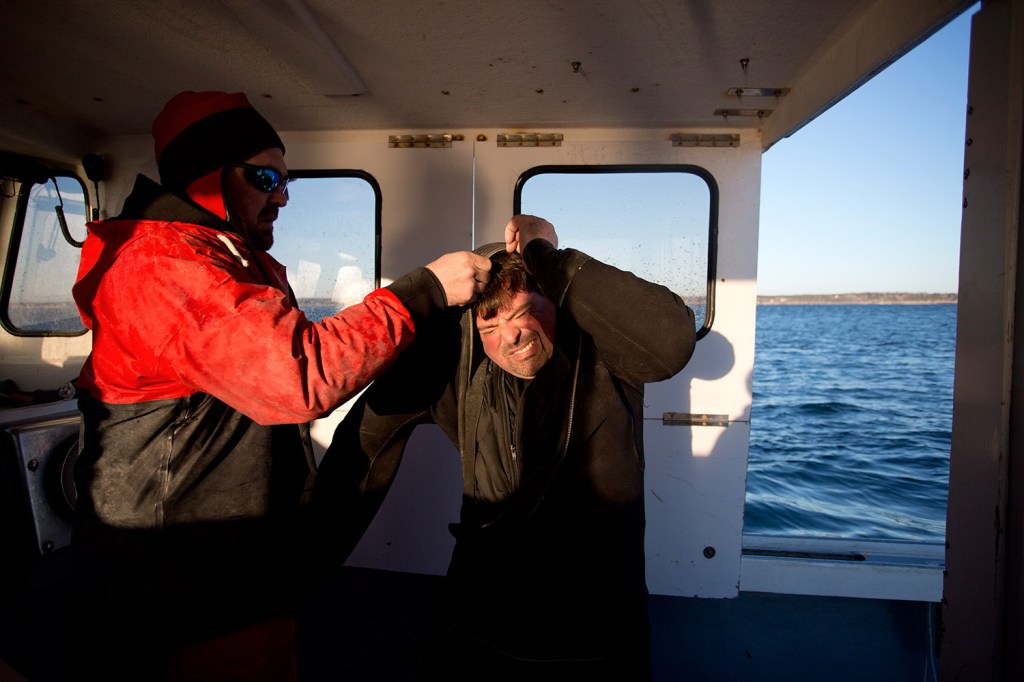
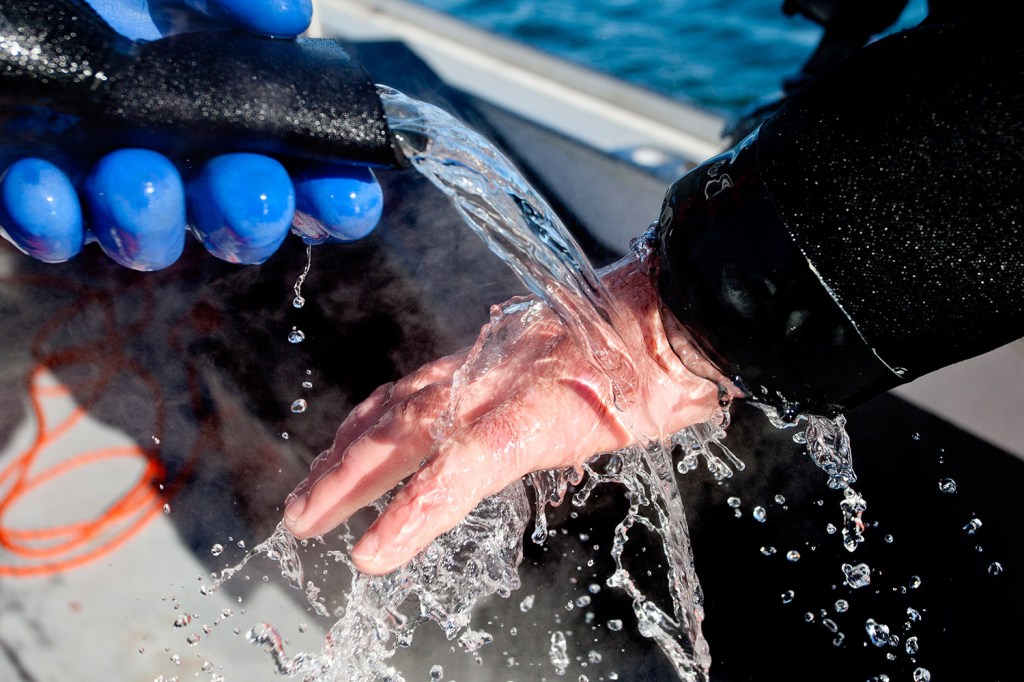
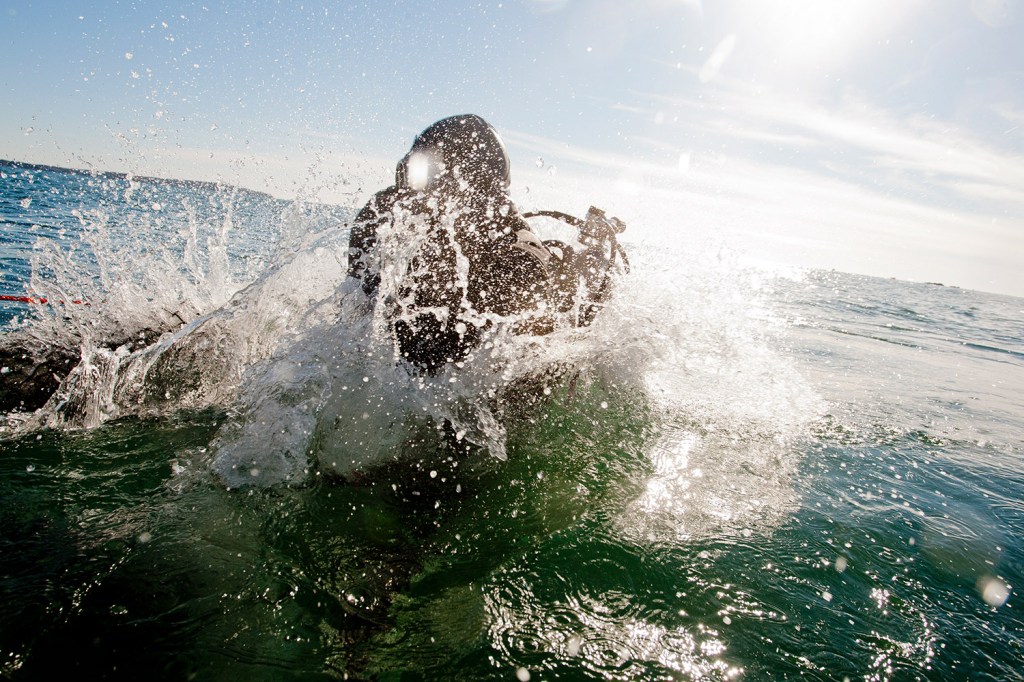
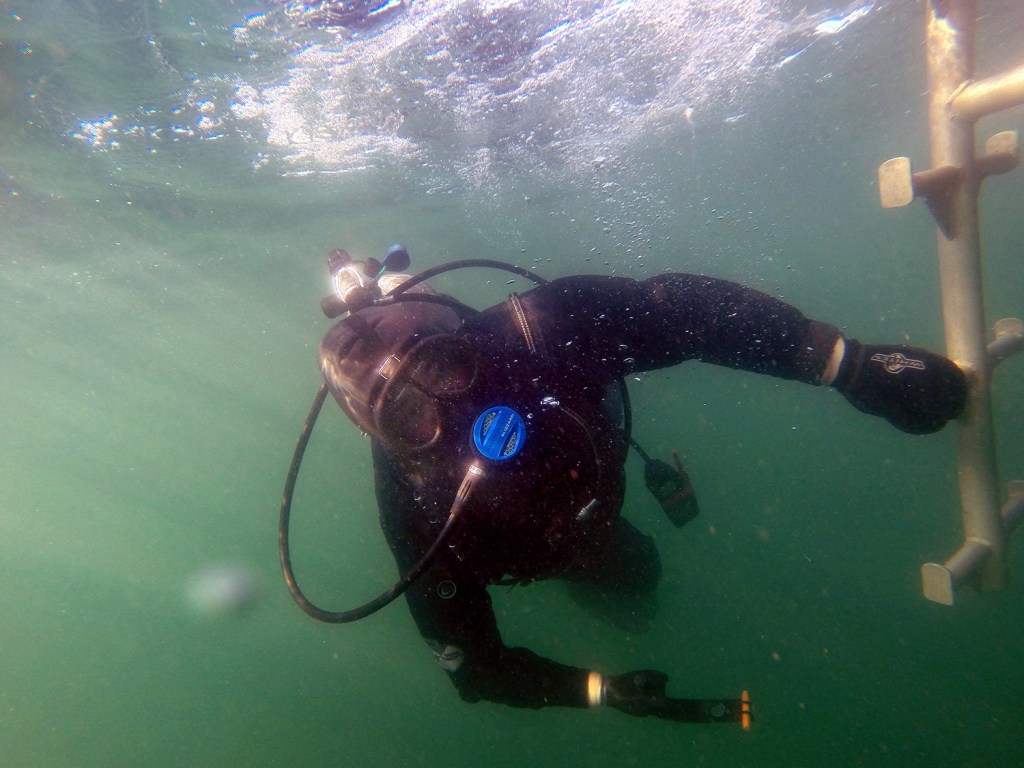
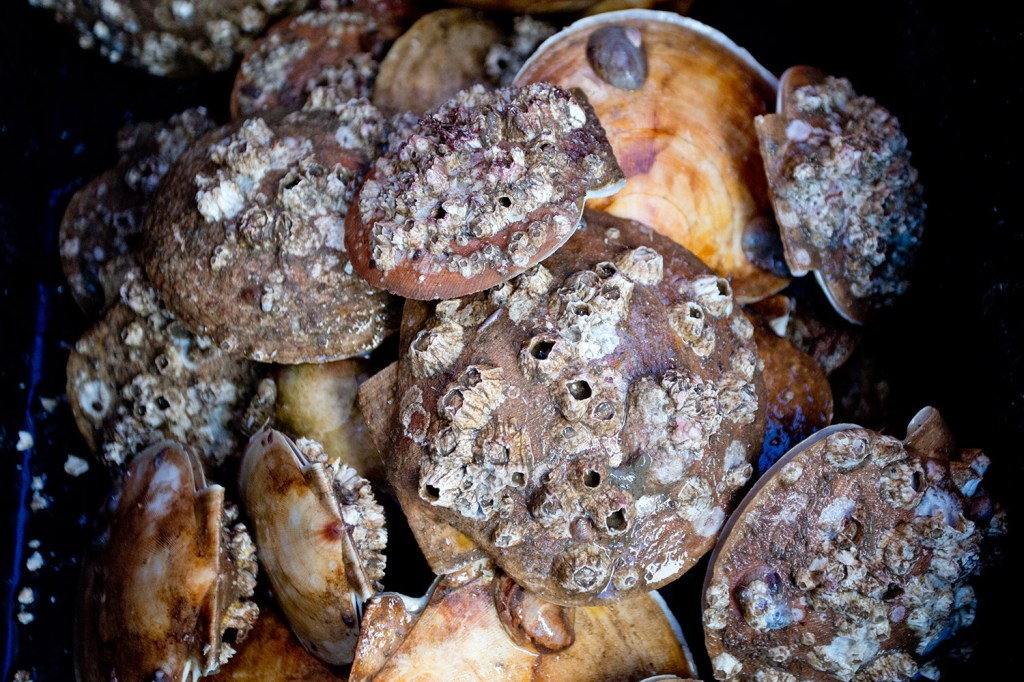
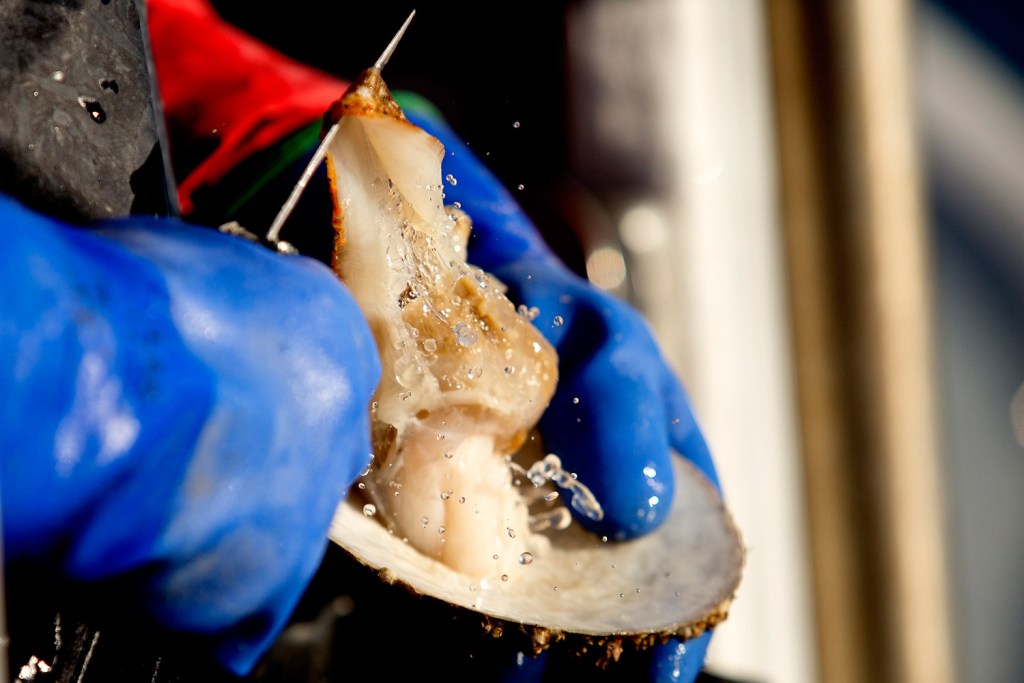
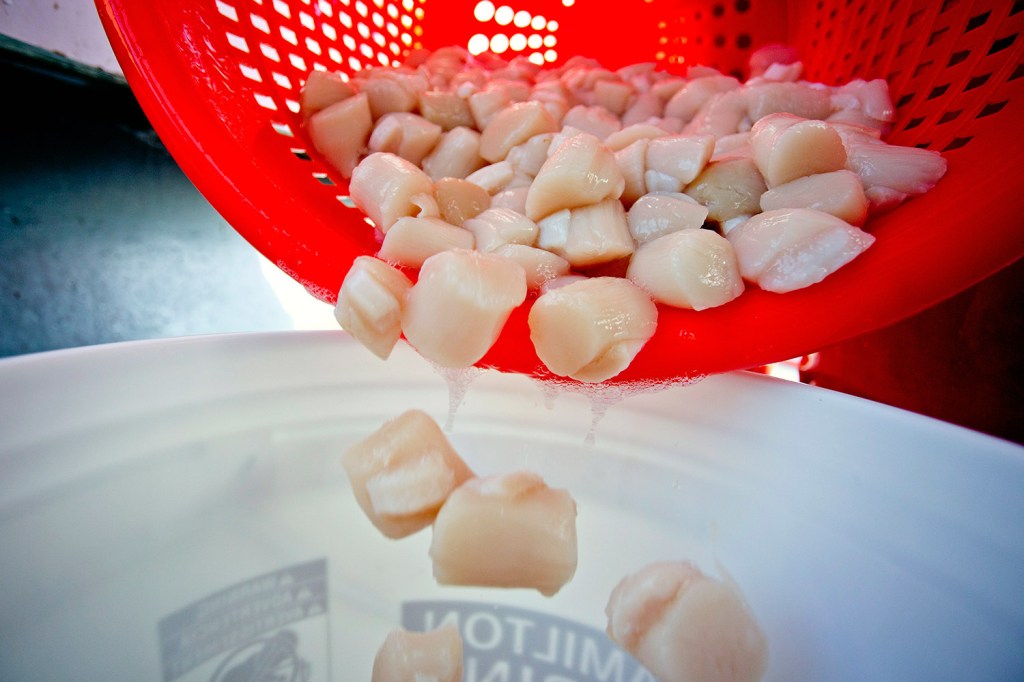
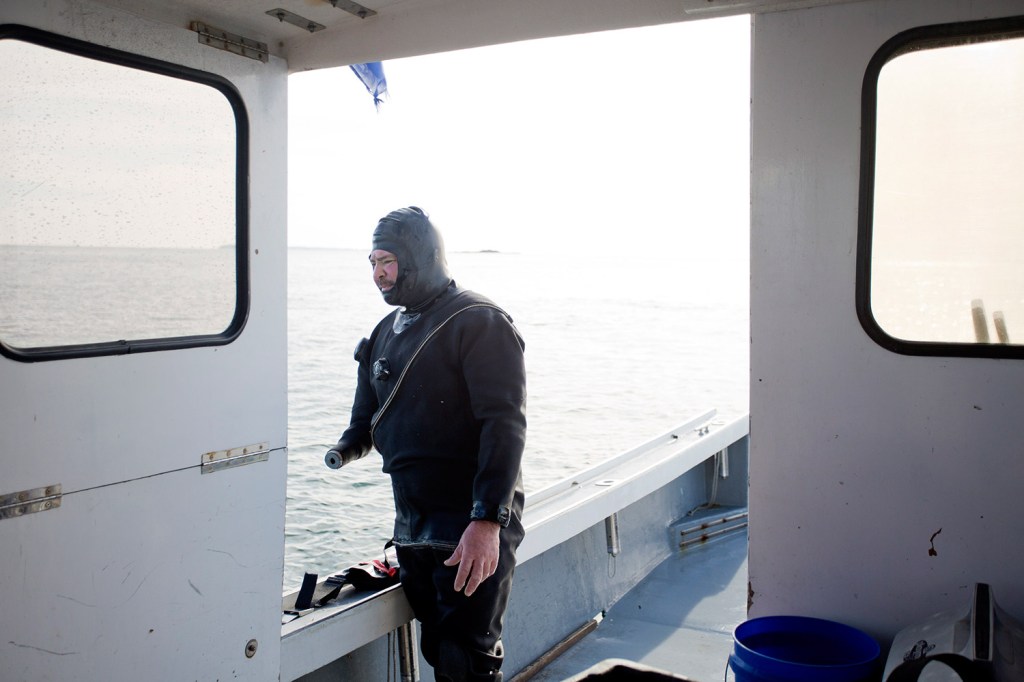

Success. Please wait for the page to reload. If the page does not reload within 5 seconds, please refresh the page.
Enter your email and password to access comments.
Hi, to comment on stories you must . This profile is in addition to your subscription and website login.
Already have a commenting profile? .
Invalid username/password.
Please check your email to confirm and complete your registration.
Only subscribers are eligible to post comments. Please subscribe or login first for digital access. Here’s why.
Use the form below to reset your password. When you've submitted your account email, we will send an email with a reset code.